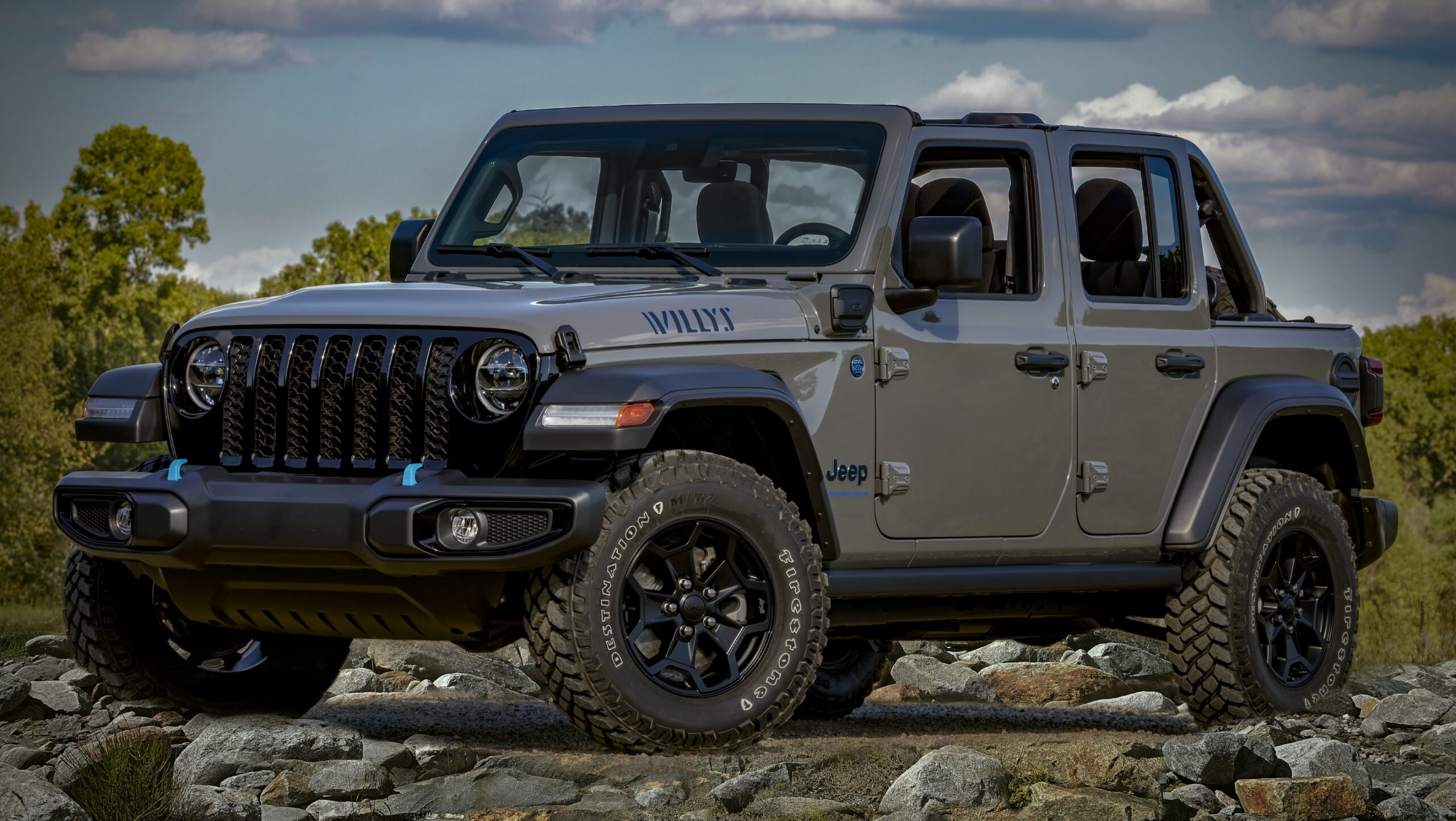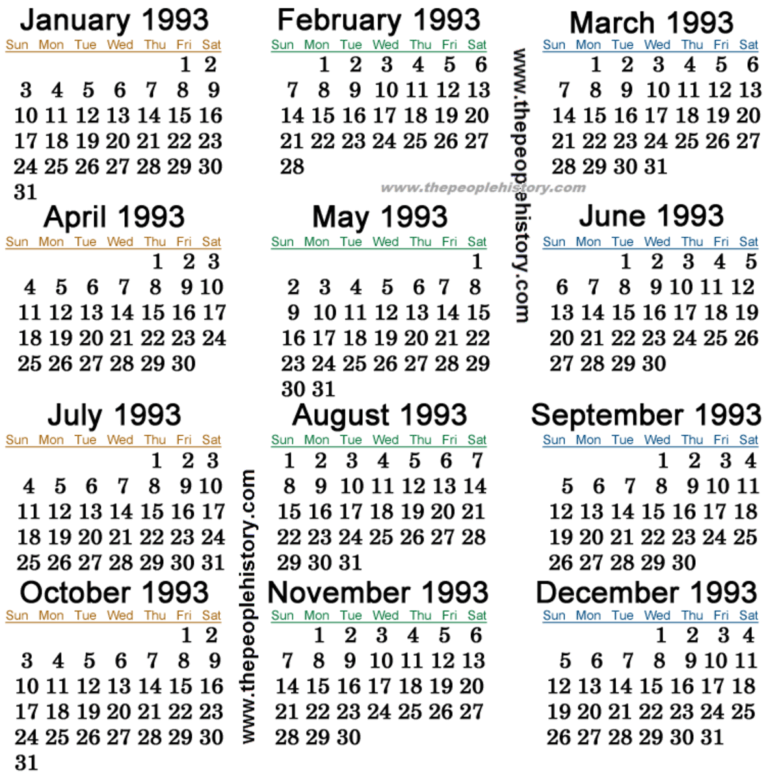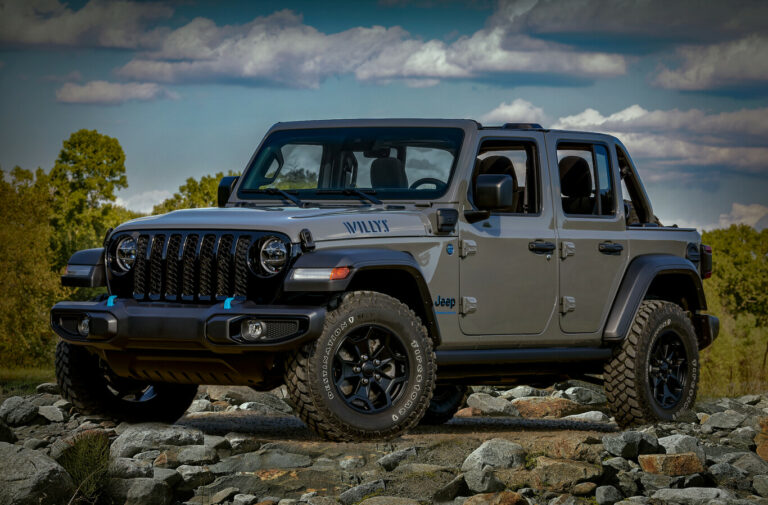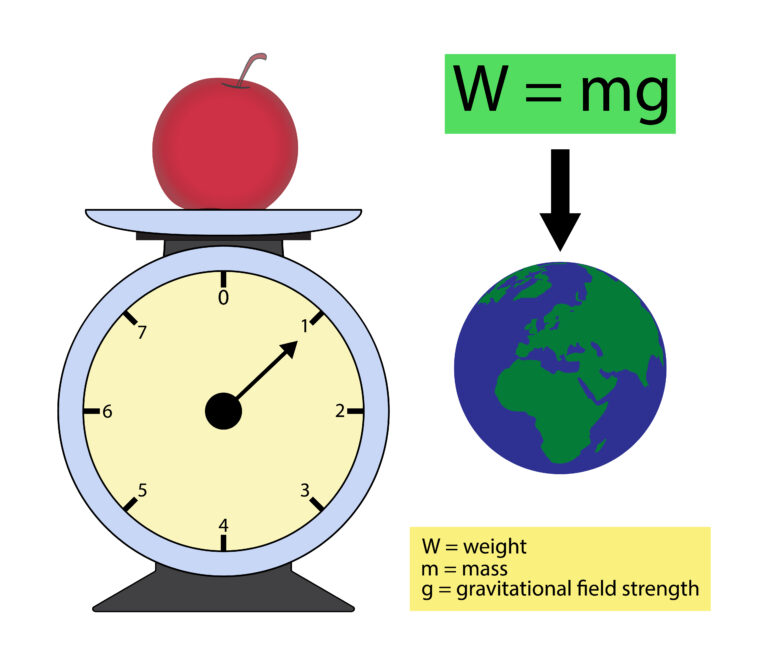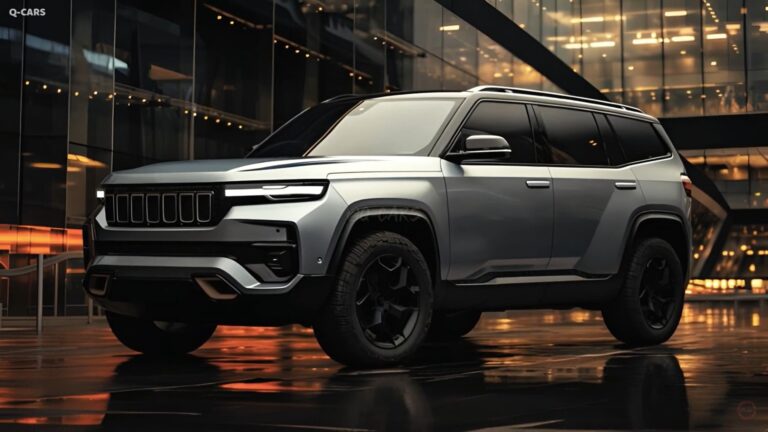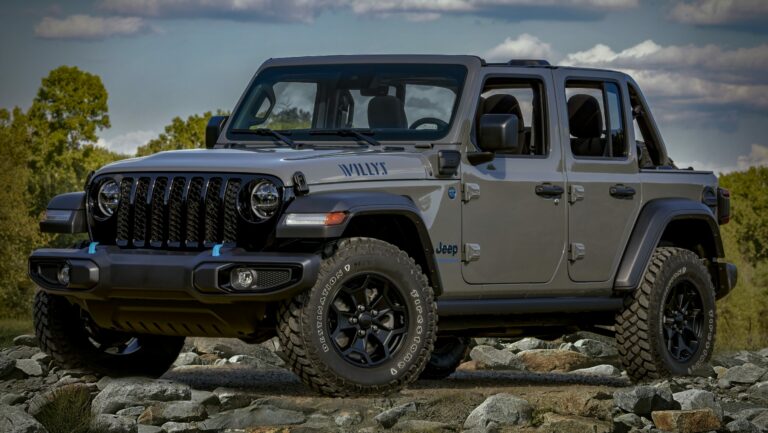Jeep Willys Parts For Sale: Your Definitive Guide to Keeping the Legend Alive
Jeep Willys Parts For Sale: Your Definitive Guide to Keeping the Legend Alive jeeps.truckstrend.com
The iconic Jeep Willys, a symbol of rugged American ingenuity and a cornerstone of automotive history, continues to capture the hearts of enthusiasts worldwide. From its humble beginnings as the workhorse of World War II to its evolution into civilian and military variants, the Willys Jeep has earned its place as a legendary vehicle. Owning a Willys Jeep is more than just possessing a classic vehicle; it’s an embrace of history, a commitment to heritage, and a dedication to the spirit of adventure. However, maintaining these vintage marvels requires a consistent supply of parts – from the smallest washer to complete engine assemblies. This comprehensive guide, "Jeep Willys Parts For Sale," is designed to equip you with the knowledge and resources needed to navigate the intricate world of Willys parts, ensuring your timeless machine remains road-ready and true to its heritage.
The Enduring Legacy of the Willys Jeep
Jeep Willys Parts For Sale: Your Definitive Guide to Keeping the Legend Alive
The story of the Willys Jeep began in 1940, born out of an urgent military need for a lightweight, four-wheel-drive reconnaissance vehicle. Willys-Overland won the primary contract, leading to the mass production of the MB model, which alongside Ford’s GPW, became synonymous with the Allied victory. After the war, Willys adapted its design for civilian use, launching the CJ (Civilian Jeep) series, which included the CJ-2A, CJ-3A, and CJ-3B, popularizing the concept of the recreational 4×4. Later military versions like the M38 and M38A1 continued the legacy. Today, these vehicles are cherished by collectors, off-roaders, and history buffs alike, making the availability of reliable parts crucial for their preservation and continued enjoyment.
Why Original and Reproduction Parts Matter
For Willys owners, the choice between original (NOS – New Old Stock) and reproduction parts is a constant consideration. Both play vital roles in keeping these vehicles running. Original parts offer unparalleled authenticity and, if in good condition, guaranteed fitment as they are factory-produced components. However, their scarcity often translates to higher prices. Reproduction parts, on the other hand, are newly manufactured components designed to replicate original specifications. Modern manufacturing techniques often mean reproduction parts can surpass the quality of their historical counterparts, offering improved durability or performance. The key is to source both types from reputable suppliers who understand the precise specifications of Willys vehicles, ensuring proper fit and function.
Understanding the Different Types of Willys Jeeps and Their Part Needs
While many parts are interchangeable across different Willys models, understanding the nuances of each variant is crucial for accurate part identification:
- Willys MB/Ford GPW (WWII Military Jeeps): These are the most historically significant. Parts often bear military markings, and authenticity is highly prized. While many mechanical components are shared with early CJs, body panels and specific military accessories are unique.
- Willys CJ-2A (1945-1949): The first civilian Jeep, known for its "Go Devil" flathead engine. Many parts are interchangeable with MBs, but civilian-specific items like tailgates, dashboards, and lighting differ.
- Willys CJ-3A (1949-1953): An evolution of the CJ-2A with minor improvements, including a one-piece windshield. Parts are largely similar to the CJ-2A.
- Willys CJ-3B (1953-1968): Distinctive for its taller hood to accommodate the "Hurricane" F-head engine. This engine change significantly impacts engine and some body parts.
- Willys M38/M38A1 (Korean War Era Military Jeeps): These military variants have specific waterproofed electrical systems, different axles, and unique body features not found on civilian models.
- Willys Wagons, Pickups, and FC Models: While part of the Willys family, these vehicles generally have distinct chassis, body, and often powertrain components, requiring specialized parts knowledge.

Always verify part numbers and cross-reference with your specific vehicle’s year and model to ensure compatibility.
Where to Find Jeep Willys Parts For Sale
The quest for the right Willys parts can be an adventure in itself. Here are the most reliable avenues:
- Specialized Online Retailers: These are often the first stop for most Willys owners. Companies like Walck’s 4WD, Kaiser Willys Auto Parts, and Midwest Military offer extensive catalogs of both NOS and high-quality reproduction parts, categorized by model and system. They provide detailed descriptions, part numbers, and often offer technical support.
- Online Marketplaces (eBay, Facebook Marketplace, Craigslist): These platforms can be treasure troves for rare finds, used original parts, or bargain deals. However, caution is advised. Always scrutinize seller ratings, ask for detailed photos, verify part numbers, and confirm condition before purchasing. Facebook groups dedicated to Willys Jeeps are particularly active and often have "parts for sale" sections.
- Classic Car/Jeep Shows & Swap Meets: Attending these events offers a unique opportunity to inspect parts in person, negotiate prices, and connect with other enthusiasts. Vendors often specialize in specific models or categories of parts, and you might stumble upon a rare NOS item.
- Willys Forums and Communities: Online forums (e.g., The CJ2A Page, G503.com for military Jeeps) are invaluable resources. Members often sell surplus parts, offer advice on sourcing, and can point you towards reputable sellers. Networking here can lead to finding obscure or hard-to-find items.
- Salvage Yards/Donor Vehicles: For very rare or large components (like complete axles, transmissions, or body sections), exploring salvage yards specializing in vintage vehicles or purchasing a non-running "donor" Willys can be a viable, albeit often more expensive, option.
Key Considerations When Buying Willys Jeep Parts
Making an informed purchase is crucial for the longevity of your Willys:
- Authenticity (NOS vs. Reproduction): Decide if historical accuracy (NOS) or modern reliability (reproduction) is your priority. NOS parts are often more expensive and may require reconditioning. High-quality reproductions are generally reliable but ensure they meet original specifications.
- Quality and Fitment: Not all reproduction parts are created equal. Research suppliers, read reviews, and prioritize those known for precise manufacturing and material quality. Poorly fitting parts can lead to frustration and additional costs.
- Condition (for used parts): If buying used, thoroughly inspect for rust, cracks, bends, excessive wear, or previous repairs. Request clear, high-resolution photos or inspect in person.
- Pricing: Prices vary significantly based on rarity, condition, NOS vs. reproduction, and seller. Compare prices across multiple sources but be wary of deals that seem too good to be true. Budget for potential shipping costs, especially for large or heavy items.
- Shipping and International Considerations: Factor in shipping costs, which can be substantial for heavy parts. If purchasing internationally, be aware of customs duties, taxes, and extended shipping times.
Essential Parts Categories for Willys Jeeps
A successful restoration or maintenance project requires a systematic approach to parts:
- Engine Components: Carburetors, fuel pumps, distributors, spark plugs, ignition coils, gaskets, engine mounts, water pumps, oil pumps, and complete rebuild kits for the "Go Devil" L-134 or "Hurricane" F-134 engines.
- Drivetrain: Transmission parts (T-90, T-84), transfer case components (Dana 18), universal joints, driveshafts, axle shafts (Dana 25, Dana 27, Dana 44), differential parts, and wheel bearings.
- Brakes: Master cylinders, wheel cylinders, brake shoes, drums, brake lines (steel and flexible), and hardware kits.
- Suspension: Leaf springs, shock absorbers, U-bolts, shackles, bushings, and spring perches.
- Steering: Steering gearboxes, drag links, tie rods, kingpins, and steering stabilizers.
- Electrical: Wiring harnesses (complete or section-specific), generators/alternators, starters, voltage regulators, gauges (speedometer, fuel, temp, oil pressure), lights (headlights, tail lights, blackout lights for military models), switches, and battery cables.
- Body and Frame: Fenders, hood, grille, windshield frames, tailgates, complete body tubs, frame sections, mounting hardware, and various body seals and gaskets.
- Interior: Seat frames, cushions, upholstery, floor mats, pedals, dashboard components, and steering wheels.
- Accessories & Miscellaneous: Canvas tops, doors, spare tire carriers, pintle hooks (military), shovels/axes, period-correct tools, and original manuals.
Tips for Successful Willys Parts Acquisition
- Do Your Research: Before buying, understand your specific Willys model, year, and any unique features. Know the correct part numbers if possible.
- Join Online Communities: These are invaluable for advice, technical support, and finding parts through classifieds or member networks.
- Ask Questions: Don’t hesitate to ask sellers for more photos, dimensions, part numbers, or any specific details about the item’s condition or origin.
- Be Patient: Finding the exact part you need, especially NOS or rare items, can take time. Don’t rush into purchases.
- Budget Effectively: Create a detailed list of parts needed and research their estimated costs to avoid overspending.
- Consider Your Project’s Scope: Are you aiming for a concourse-level restoration, a reliable daily driver, or an off-road beast? Your goals will influence your part choices (e.g., NOS vs. heavy-duty aftermarket).
Common Challenges and Solutions
- Scarcity of Specific Parts: Some obscure or highly specialized parts can be extremely difficult to find.
- Solution: Network extensively, consider having parts fabricated by skilled craftsmen, or explore donor vehicles.
- High Prices: The demand for quality Willys parts, especially NOS, can drive up costs.
- Solution: Compare prices from multiple vendors, explore used parts, or be patient for a better deal.
- Identifying Correct Parts: With many subtle variations across models, ensuring a part is truly compatible can be challenging.
- Solution: Utilize model-specific parts manuals, consult experienced Willys mechanics, and rely on reputable suppliers who can verify fitment.
- Counterfeit or Low-Quality Reproduction Parts: The market can have poorly manufactured items that don’t fit or fail prematurely.
- Solution: Stick to well-known, reputable Willys parts suppliers with good reviews. Ask for manufacturer details on reproduction parts.
Willys Jeep Parts: Estimated Price Guide
Please note: Prices are highly variable based on condition (NOS, used, reproduction), supplier, and market demand. This table provides estimated ranges for common parts. Always verify current pricing with sellers.
| Part Category | Specific Part Example | Estimated Price Range (USD) | Notes |
|---|---|---|---|
| Engine | L-134 "Go Devil" Rebuild Kit | $400 – $800 | Gaskets, bearings, rings; excludes machine work. |
| Carter WO Carburetor (repro) | $180 – $300 | New reproduction, often superior to old cores. | |
| Fuel Pump (repro) | $40 – $80 | New mechanical pump. | |
| Distributor (repro) | $150 – $250 | Complete unit. | |
| Drivetrain | T-90 Transmission Rebuild Kit | $150 – $300 | Gaskets, bearings, seals. |
| Dana 18 Transfer Case Rebuild Kit | $100 – $200 | Gaskets, bearings, seals. | |
| Driveshaft U-Joint | $20 – $40 | Per joint. | |
| Axle Shaft (front/rear, repro) | $150 – $350 | Per shaft, depending on axle type. | |
| Brakes | Master Cylinder (repro) | $80 – $150 | New unit. |
| Wheel Cylinder (repro) | $30 – $60 | Per cylinder. | |
| Brake Shoes (set of 4) | $50 – $100 | For one axle. | |
| Complete Brake Line Set (steel) | $150 – $250 | Pre-bent, for entire vehicle. | |
| Suspension | Leaf Spring (single, repro) | $100 – $200 | New, per spring. |
| Shock Absorber (single) | $30 – $60 | Per shock. | |
| Shackle Kit (for one spring) | $20 – $40 | Pins, bushings. | |
| Steering | Steering Gear Box (rebuilt/repro) | $300 – $600 | Rebuilt original or new reproduction. |
| Tie Rod End (repro) | $30 – $70 | Per end. | |
| Electrical | Main Wiring Harness (complete) | $300 – $600 | Model-specific, cloth-wrapped repro. |
| Generator (rebuilt/repro) | $200 – $400 | Rebuilt original or new reproduction. | |
| Gauge (single, repro) | $50 – $150 | Speedometer typically higher. | |
| Headlight (single, repro) | $30 – $70 | Per lamp. | |
| Body & Frame | Front Fender (single, repro) | $200 – $400 | New steel panel. |
| Hood (repro) | $300 – $600 | New steel panel. | |
| Complete Body Tub (repro) | $3,000 – $6,000+ | New steel tub, requires significant labor to fit. | |
| Windshield Frame (repro) | $250 – $500 | New steel frame. | |
| Interior | Seat Cushion Set (front/rear) | $300 – $600 | Foam and upholstery, often requires original frames. |
| Steering Wheel (repro) | $100 – $200 | New reproduction. |
Frequently Asked Questions (FAQ) about Willys Jeep Parts
Q: Are Willys parts interchangeable between all models?
A: No, not entirely. While many mechanical components (like engine parts for the L-134, transmission, or transfer case parts) have significant interchangeability between MB, GPW, CJ-2A, and CJ-3A, later models like the CJ-3B (with the Hurricane engine) and military M38/M38A1 have distinct differences in engine, body, and specialized components. Always verify part numbers and model compatibility.
Q: Where can I find original (NOS) parts?
A: NOS parts are increasingly rare. Your best bets are specialized Willys parts dealers (who often acquire old dealer stock), classic car swap meets, online marketplaces like eBay (with careful vetting), and through enthusiast forums where members might sell surplus stock.
Q: Are reproduction parts good quality?
A: The quality of reproduction parts varies. High-quality reproductions from reputable suppliers are excellent and often indistinguishable from originals in terms of fit and function, sometimes even offering modern improvements in durability. However, low-quality reproductions exist, so always research the supplier’s reputation.
Q: How do I know if a part is correct for my specific Willys?
A: The best way is to consult a factory parts manual for your specific model and year. These manuals provide exploded diagrams and part numbers. Online Willys forums and specialized dealers can also offer expert advice based on your vehicle’s serial number.
Q: What are the most difficult parts to find for a Willys?
A: Generally, unique body panels for specific military variants (like M38 rear panels), certain early transmission gears, or very specific, low-production components can be extremely hard to locate. NOS electrical components that are no longer reproduced can also be challenging.
Q: Is it cheaper to restore a Willys or buy a running one?
A: It almost always costs significantly more to restore a Willys from a non-running or incomplete state than to buy one that is already running and in decent condition. Restoration involves not just part costs but also extensive labor (yours or professional), paint, bodywork, and unforeseen issues. Buying a running Willys allows you to enjoy it immediately, with ongoing maintenance as needed.
Conclusion
The journey of owning and maintaining a Jeep Willys is one of passion, dedication, and a deep appreciation for automotive history. Finding the right "Jeep Willys Parts For Sale" is a crucial aspect of this journey, whether you’re embarking on a full restoration or simply keeping your beloved classic on the road. By understanding the different models, knowing where to source parts, and making informed decisions about authenticity and quality, you empower yourself to keep the spirit of the Willys alive for generations to come. The effort invested in acquiring the correct components is not just about fixing a vehicle; it’s about preserving a legend, ensuring that the iconic Willys Jeep continues to roam the earth, a testament to its enduring design and the unwavering enthusiasm of its owners. Happy hunting, and may your Willys always conquer the terrain, just as it was designed to do.
